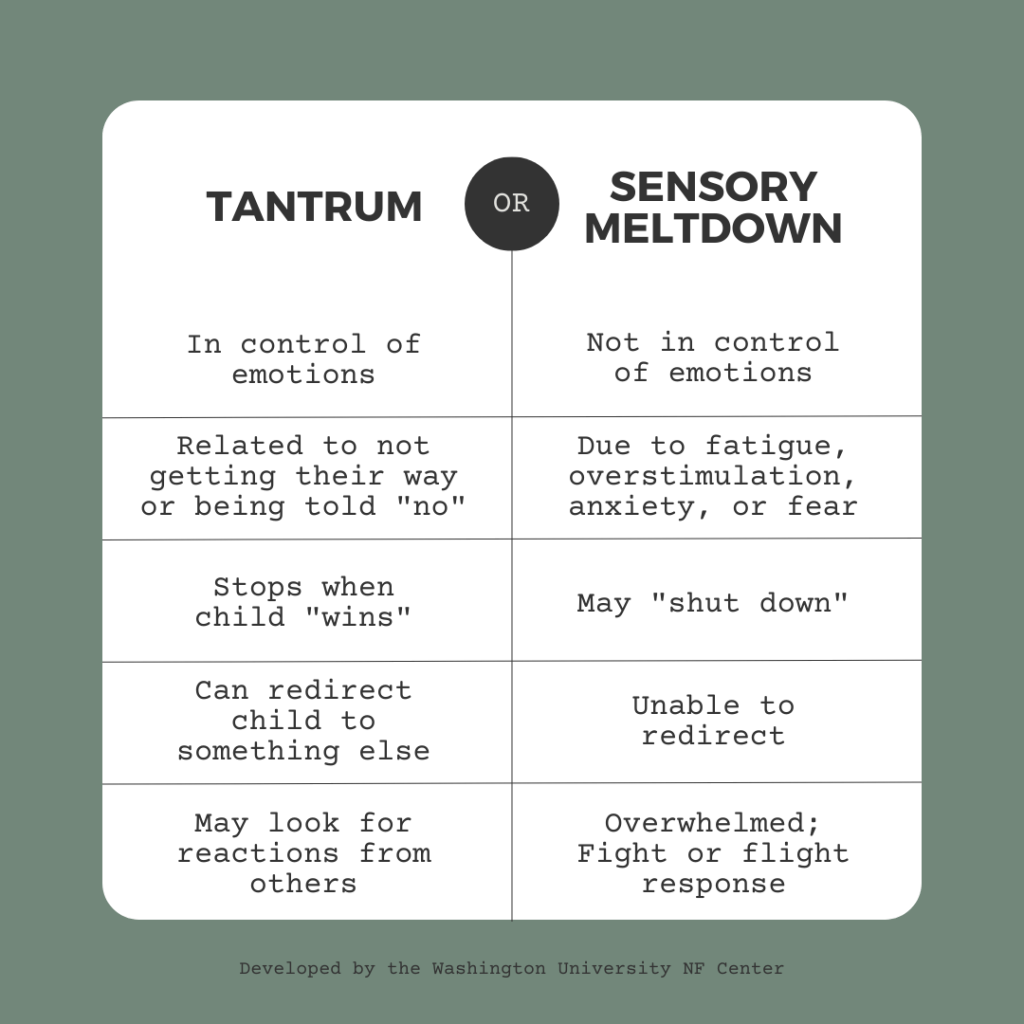The Difference Between Childhood Tantrums And Adolescent Tantrums
From "NO!" to "Ugh, Fine": Navigating the Tantrum Evolution
Remember those days? The ones where a misplaced toy or a denied cookie could launch your toddler into a full-blown, earth-shattering meltdown? Ah, the joys of childhood tantrums. But as our little ones grow, so do their tantrums. They morph, they evolve, and they become… well, more complex.
Welcome to the world of adolescent tantrums, where the "NO!"s are replaced with eye rolls, slammed doors, and the dreaded "Whatever."
Don’t worry, parents, you’re not alone in this journey. We’re all navigating this rollercoaster of teenage emotions. But understanding the difference between childhood tantrums and adolescent tantrums can be the key to unlocking smoother sailing in this stormy sea of hormones.

The Tantrum Timeline: A Journey Through the Years
Childhood tantrums are a normal part of development. Think of them as a child’s way of expressing their big, overwhelming emotions. They haven’t yet mastered the art of communication and regulation, so tantrums become their primary outlet.
The Age of "Me" vs. The Age of "Why?"
- Childhood Tantrums (Ages 2-5): These are often fueled by frustration, fatigue, or a lack of control. They’re often short-lived, explosive, and accompanied by physical displays like kicking, screaming, or throwing things. Think of it as a toddler’s version of a "power outage" in their emotional brain.
- Adolescent Tantrums (Ages 12-18): These tantrums are more nuanced and complex. They’re often rooted in a desire for independence, a struggle with identity, and a growing awareness of social pressures. They might be expressed through passive-aggressive behavior, withdrawal, or verbal arguments. Think of it as the teenager’s emotional brain undergoing a major upgrade, but with some glitches along the way.

The Science Behind the Storm: Why Tantrums Happen
- The Developing Brain: Both childhood and adolescent tantrums are linked to the developing brain. In children, the prefrontal cortex, the part of the brain responsible for self-control and emotional regulation, is still maturing. In adolescents, it’s undergoing a major rewiring, leading to a surge in hormones and a heightened sensitivity to emotions.
- Hormonal Rollercoaster: During puberty, adolescents experience a surge in hormones, particularly testosterone and estrogen. These fluctuations can contribute to mood swings, irritability, and emotional volatility. Think of it like a hormonal storm brewing inside their brains, creating a perfect storm for tantrums.
The Tantrum Transformation: From "NO!" to "Ugh, Fine"
Childhood Tantrums:
- Triggers: Frustration, hunger, fatigue, lack of control.
- Expression: Physical outbursts, screaming, crying, throwing things.
- Duration: Short-lived, typically lasting a few minutes.
- Response: Distraction, redirection, and patience.
Adolescent Tantrums:
- Triggers: Peer pressure, social anxiety, academic stress, family conflicts, identity struggles.
- Expression: Passive-aggressive behavior, verbal arguments, withdrawal, slamming doors, eye rolls.
- Duration: Can last for hours or days, sometimes escalating into prolonged conflicts.
- Response: Active listening, empathy, setting boundaries, and seeking professional help if needed.